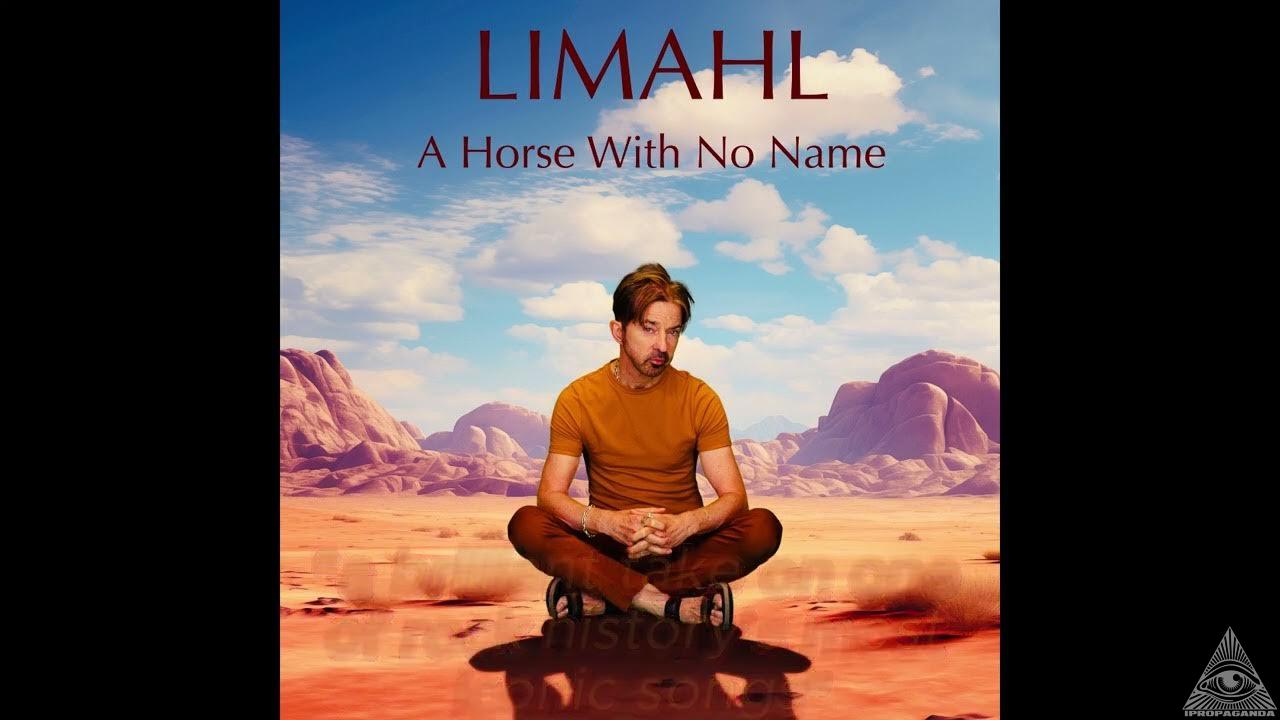
Limahl’s “A Horse With No Name”: an Eighties icon takes the long road back—and finds something new
The release and the idea behind it
On March 25, 2025, Limahl—best known as Kajagoogoo’s original frontman and the voice of “The NeverEnding Story”—issued a sleek, synth-tinted cover of America’s classic “A Horse With No Name.” The single arrived via Christopher Music and was rolled out with an official video, streaming across major platforms the same day.
In pre-release and launch interviews, write-ups described Limahl’s treatment as “retro-futuristic”: a reimagining that keeps the song’s dusty horizon while swapping 1970s folk-rock textures for glassy 1990s-leaning electronics—an approach Limahl himself has highlighted.
What it sounds like in 2025
Limahl sets the scene with a pulsing, minimalist groove and cool electronic pads, then threads in airy vocal stacks that echo the original’s open-road spaciousness. Instead of the strummed acoustic bed most covers reach for, he uses programmed percussion and a gently throbbing bass figure to create forward motion. The arrangement feels restrained rather than maximal, which gives his voice—now a shade darker and lived-in—a chance to carry the melody without leaning on nostalgia.
Production credits indicate the track was produced and arranged by Limahl himself for Christopher Music, and that restraint shows: the synths shimmer, not shout; the beat nudges, not stomps. The net effect is a careful modernization that respects the bones of the song while changing its posture.
How it fits into Limahl’s story
For casual listeners who last checked in around the mid-1980s, this single is a tidy reminder that Limahl never really left; he has kept touring and releasing occasional singles, with renewed visibility after Stranger Things revived “The NeverEnding Story” in 2019–2020. “A Horse With No Name” marks his first widely pushed release in several years and plays to a strength he’s honed: sleek pop vocalism over electronic scaffolding.
Why this song, and why now?
America’s original—written by Dewey Bunnell and issued in the UK on November 12, 1971 and the US on January 19, 1972—was a phenomenon, topping the Billboard Hot 100 and reaching No. 3 in the UK. Part of its endurance is the way it evokes a vast interior world with just a few chords and a hypnotic groove. That spaciousness makes it unusually open to reinterpretation; Limahl leans into that space and swaps folk percussion for sequenced motion without collapsing the song’s mirage-like mood.
Does it work?
Yes—because it doesn’t try to out-America America. The cover keeps the wandering, heat-haze vibe but reframes the landscape with cool, nocturnal tones. Limahl’s vocal is centered and unhurried; he lets phrases breathe and resists the temptation to oversing the chorus. Where the original rides a desert sun, this version cruises after dark. It’s a tasteful update that feels true to his synth-pop roots.
Reception and chart context
Beyond fan buzz, the single quickly found a home on the UK’s Heritage Chart (a show and ranking format spotlighting legacy and contemporary releases from heritage artists). It entered in late March and climbed steeply through April, with industry presenters flagging it as high as No. 2, and Heritage Chart channels later celebrating it at No. 1. While niche compared with national sales charts, that trajectory signals real traction with the audience most likely to embrace Limahl’s return.
The lyric question
Debates about the meaning of the song’s words have rumbled on since the early 1970s; even America’s hit was notorious for its deliberately oblique images and plainspoken lines. Limahl wisely doesn’t tinker with that ambiguity. He treats the lyric like a totem: something you carry across time rather than rewrite. (For historical grounding: the original’s authorship, release, and chart facts are well-documented across official chart histories and reference write-ups.)
Verdict
Limahl’s “A Horse With No Name” is the sort of cover that earns its keep. It refuses the karaoke route, finds a modern frame that suits his voice, and preserves the song’s hypnotic spell. For longtime fans, it’s a confident reintroduction. For listeners coming in from electronic pop, it’s an unforced invitation into a 1970s staple—proof that a good melody can wear many coats and still feel like itself.
